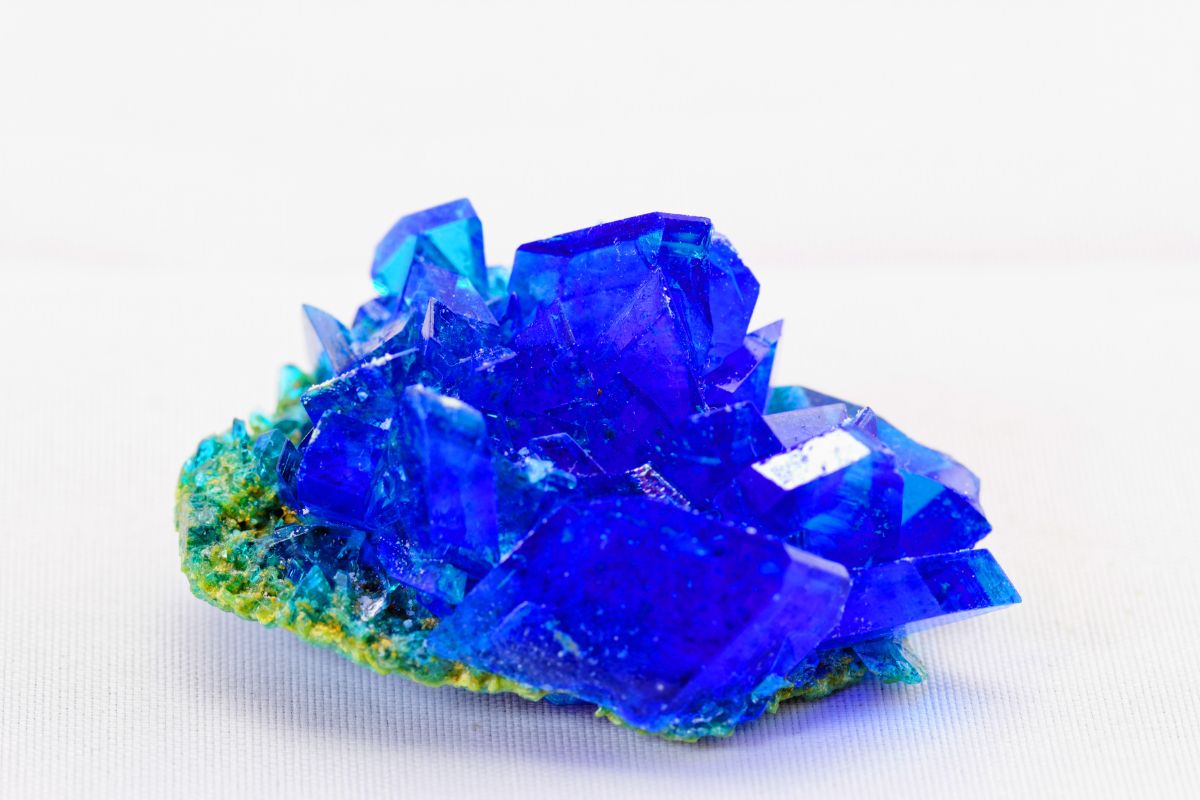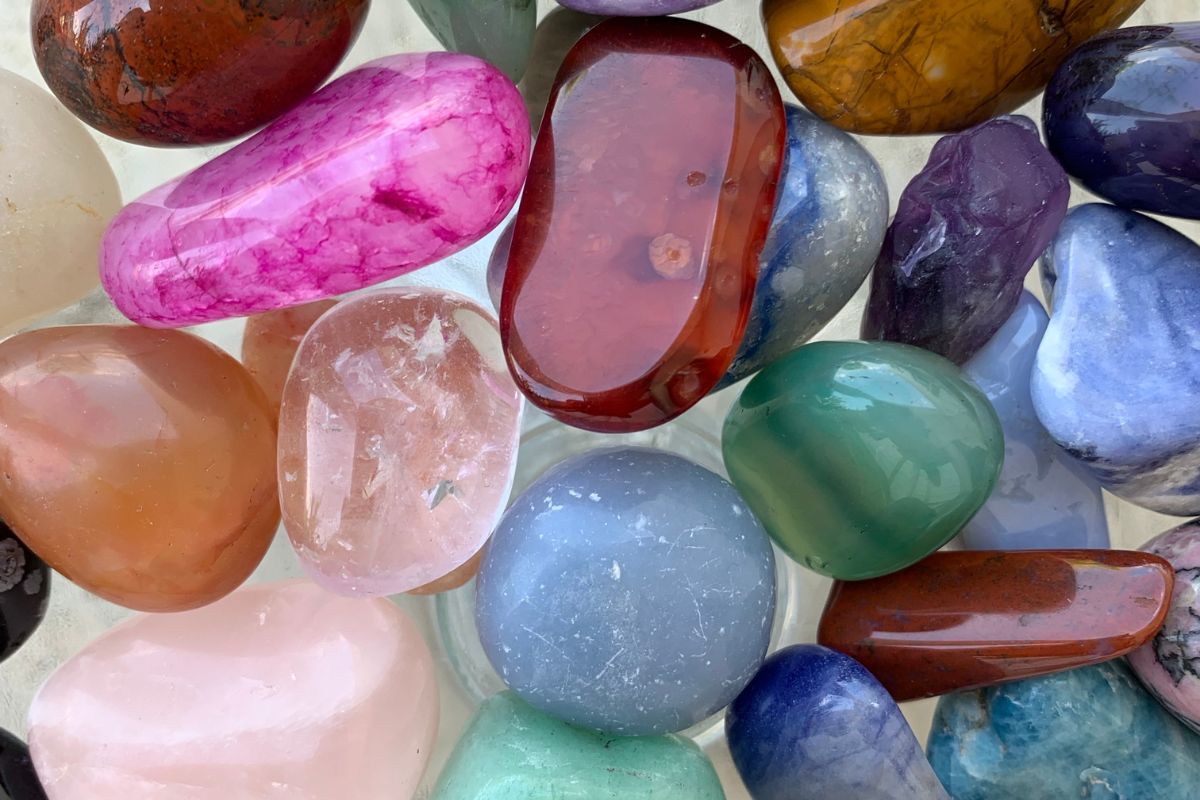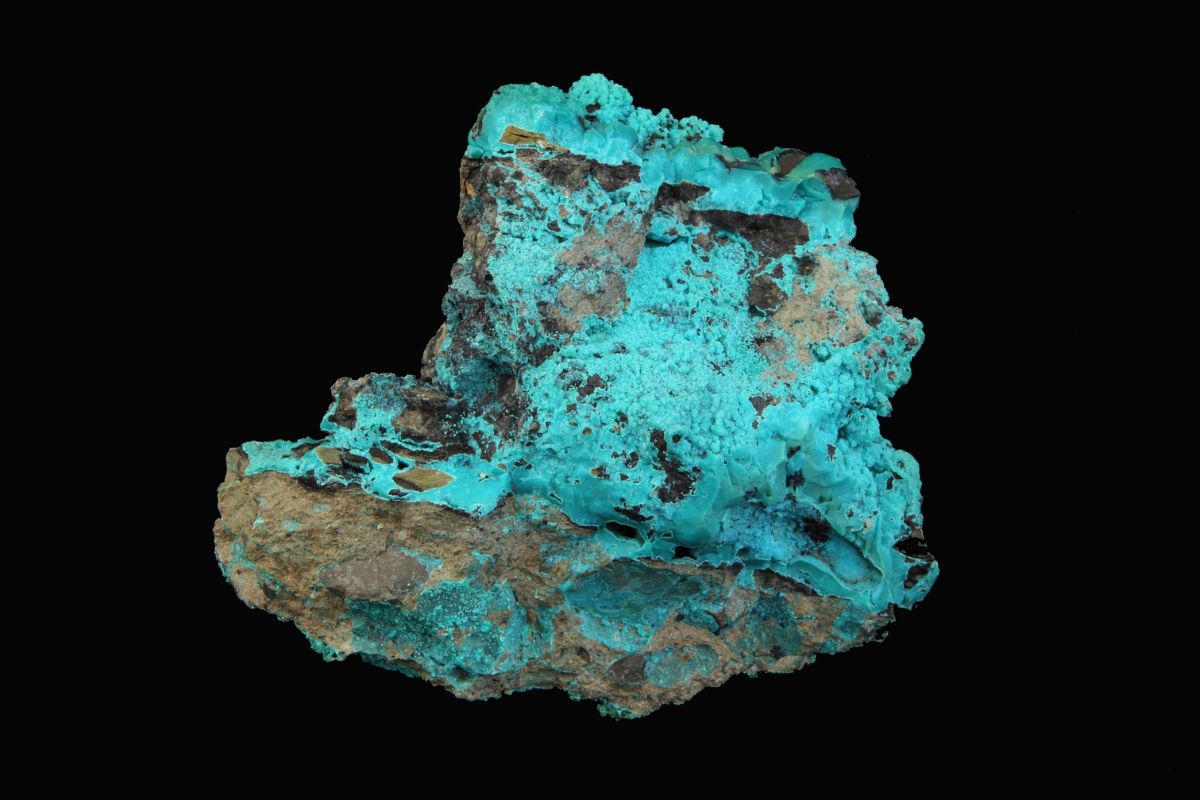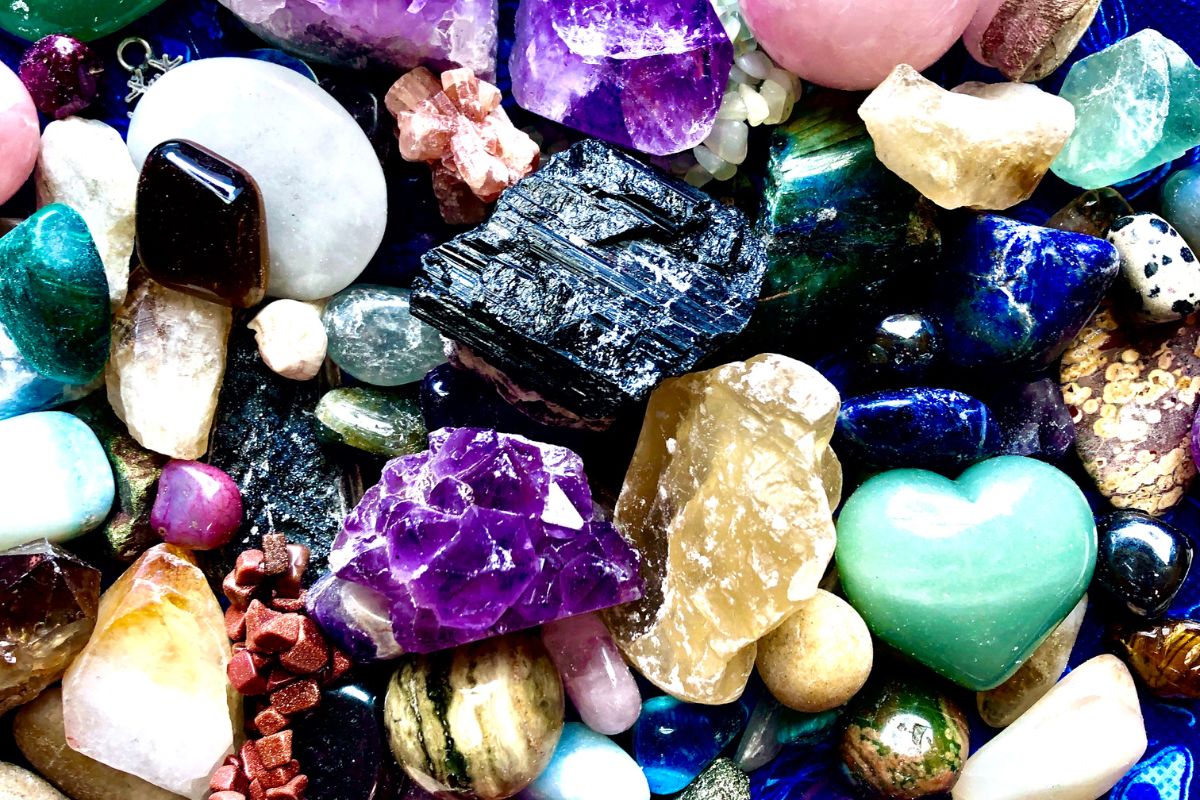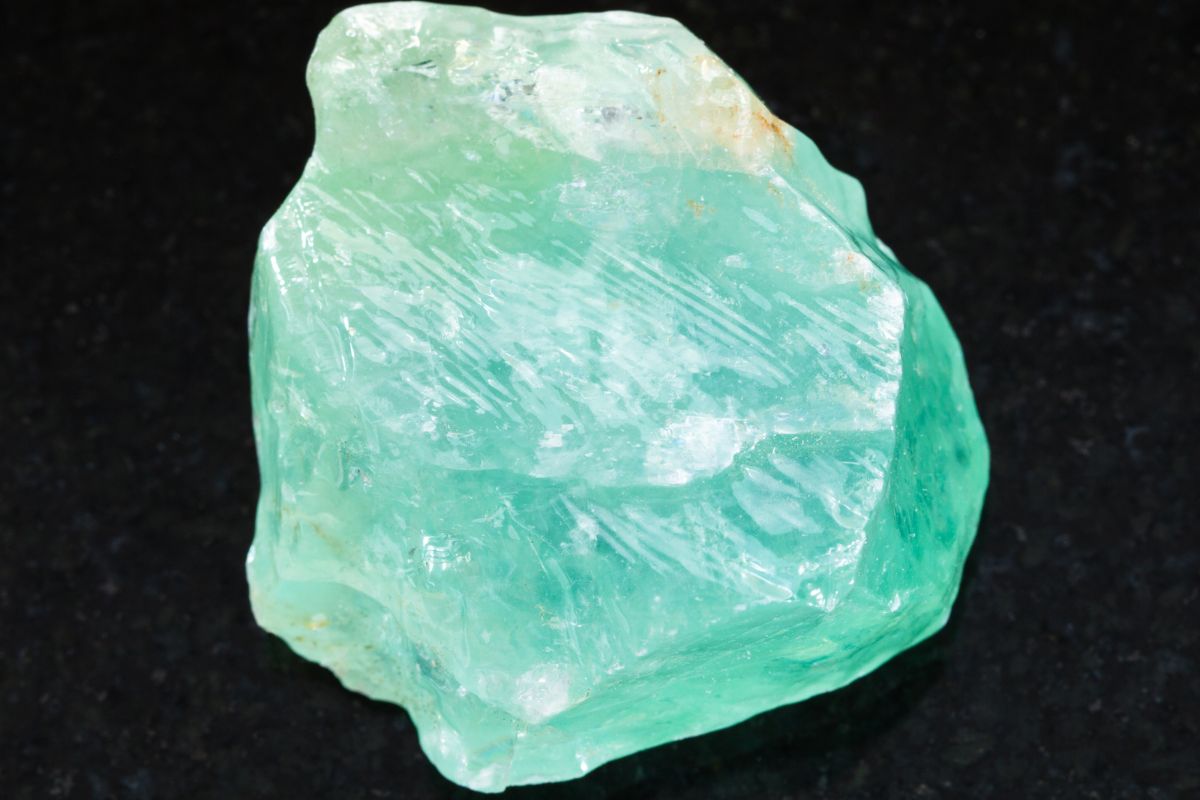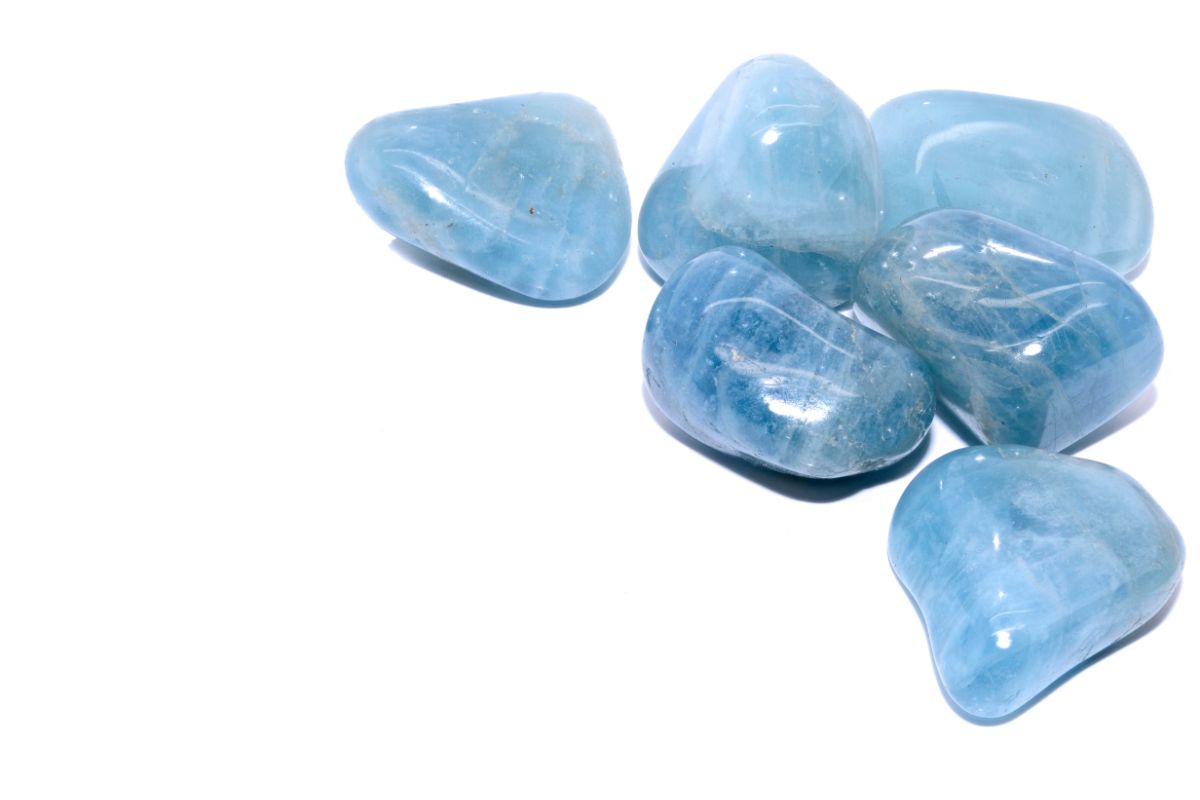Malachite is one of the most beautiful minerals in the world. It is found in a gorgeous, deep green color that has been gathered and treasured by humans for many years.
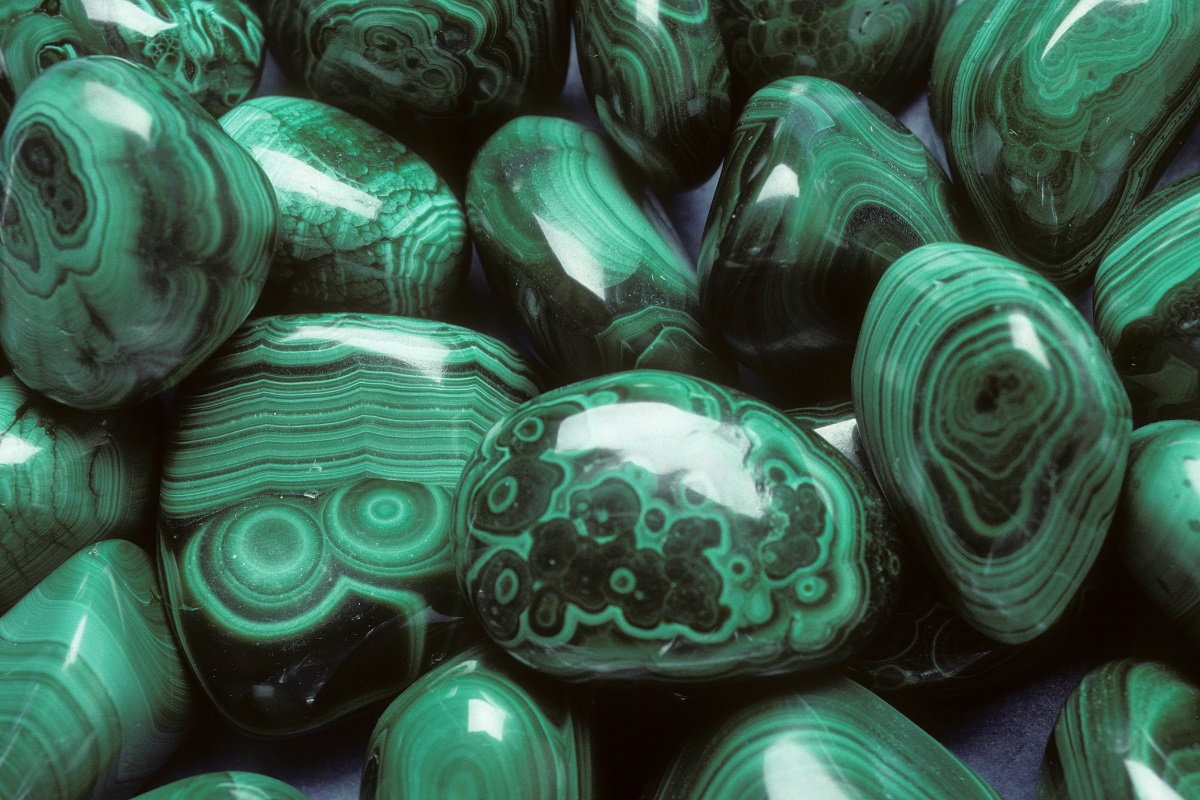
First discovered in 4000BC, humans found physical uses for malachite, at first using it as an ore for copper. As human civilization expanded, it was used as a pigment to make up green paint or makeup.
Today, we can easily purchase real malachite and many people use it for jewelry and for spiritual healing.
But you may have heard that malachite is toxic. If this is the case and you find yourself worrying about this, then don’t panic! You’ve come to the right place.
In this article, we’re going to tell you everything you’ll need to know about how safe a gemstone malachite is.
We’ve also made sure to include an extensive Frequently Asked Questions section to help explain some of the more technical terms within this article.
What Is Malachite?
Malachite is a type of green mineral. It’s made up of hydrated basic copper carbonite and is typically found in masses in deep underground caves and spaces.
Malachite is noticeable compared to other green rocks and minerals because of its patterned color that blends lighter and richer shades of green.
Malachite has no native area where you’ll find it and has been discovered in many different parts of the world, from Australia all the way up to the coldest parts of Russia.
Malachite forms by the weathering process of copper ore, forming above thick copper deposits below the earth. It’s most commonly found in deep caverns or cavities within caves.
If can be found if you open up big chunks of limestone (see also, ‘What is Dolomite?‘), or Azurite. Individual malachite crystals are generally considered to be rare.
Is Malachite Toxic?
Malachite does have toxic properties that can make it damaging to your health.
Because of this, those who work with malachite with the raw mineral are forced to wear protective gear in order to help stop themselves from inhaling malachite particles, ingesting them, or having direct contact with skin.
Malachite contains a high percentage of copper, and because of this, it can be very toxic to humans.
This copper, however, only presents itself when raw malachite is being cut, polished, or otherwise worked on.
Inhaling copper has been linked to a series of bad health effects, including breathing toxicity, mutagenesis, chromosomal fractures, and carcinogenesis.
All of these present severe health concerns, and that’s why anyone working with raw malachite will wear
Are Malachite Stones/Gem Stones Toxic To Touch?
So Malachite in its raw form can be considered toxic to touch, due to its copper content. However, after it is processed there is a very limited risk of toxicity.
So let’s say you’ve purchased a malachite stone from a reputable seller. In this case, there is very little chance it’s going to be toxic, as it has already been cut, treated, and polished.
It’s worth noting that almost any gemstone that contains a high amount of copper has the same risks when being treated.
It’s important to note that you never want to put gemstones like malachite anywhere near drinking water, as the copper content could make it toxic.
The same goes for putting these crystals anywhere near your mouth. Even though this generally will pose no risk, it’s generally not a good idea because of the destructive properties of copper when ingested into the human body.
Dangers Of Malachite And Acid
Because of its copper content, you’re not going to want to ever mix malachite with acid. When the two combine, it will react violently.
This means that you should only ever wash and/or treat malachite with soap and plain water. Any acidic liquids are going to pose a danger.
Spiritual Uses For Malachite
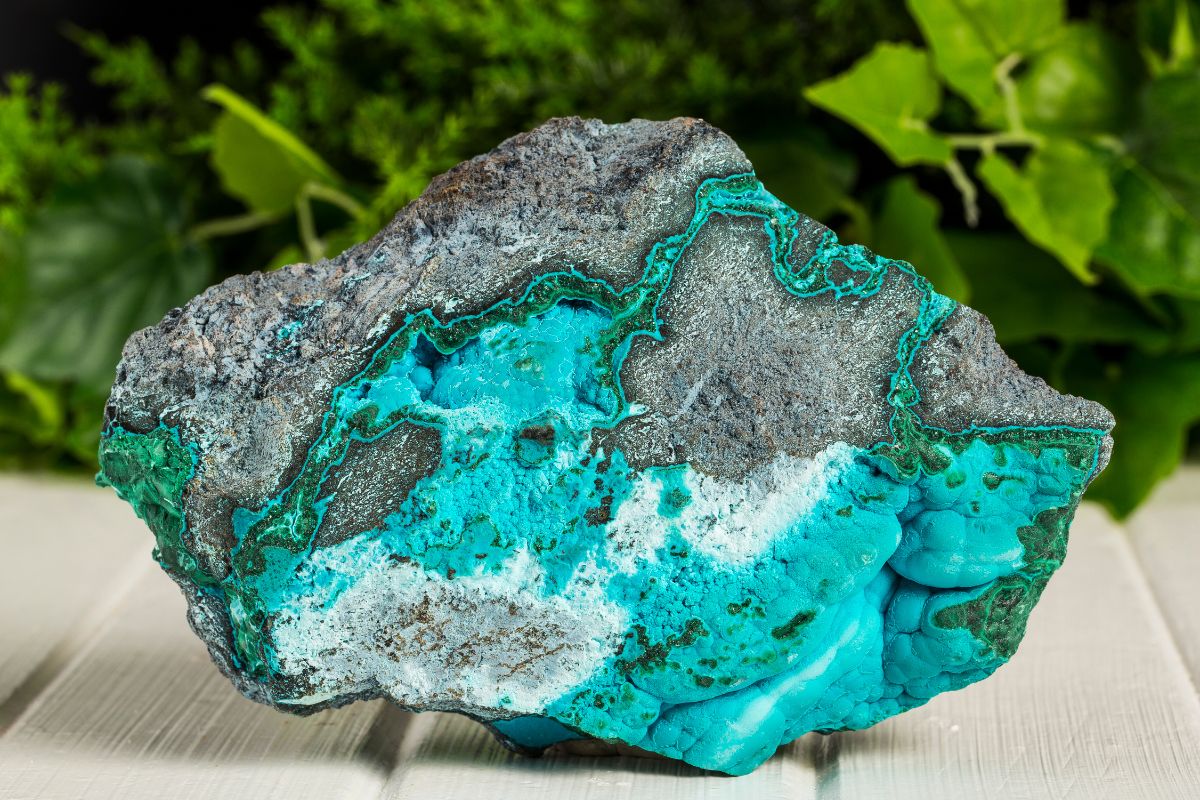
Malachite has for a long time been thought to be a protective stone. This means that some people believe it to hold healing properties including quick healing and helping with menstrual cramps.
In fact, malachite was a stone that was favored by alchemists and spiritual healers throughout human history.
Final Thoughts
So there you have it! In conclusion, Malachite is not toxic once it has been processed. Since most of the malachite the average consumer has bought are already treated and finished, you won’t have to worry about it being toxic.
However, if you do ever find yourself in a situation where you’re encountering raw malachite that is being cut/worked on, just know that it can cause damage if you breathe it in, or if it comes into contact with your skin.
We hope that this article has given you the basics of why malachite is sometimes considered toxic and that you now have some peace of mind when it comes to any malachite gemstones that you might have.
If you still have some questions, make sure to check below for our extensive FAQ section.
Frequently Asked Questions
What Is A Mineral?
A mineral is a naturally occurring element or compound, this means it has an internal structure and specific chemical composition that makes it different from a rock.
It can be difficult to tell the difference between a rock and a mineral if you’re not familiar with the two concepts.
But generally, rocks have a more complex makeup than a mineral because they are composed of more than one mineral and have been blended together through a long series of geological events.
What Does It Mean If Someone Gifts You Malachite?
This can mean a lot of things depending on the person who is gifting it to you, but it’s often seen as a positive, healing stone.
Some people use it as a way to spiritually absorb pain and bad energy. It could also just be that the person wanted to give you a beautiful-looking gemstone for you to wear as jewelry.
Where Is Malachite Found Today?
Although malachite is a naturally occurring mineral found in all different parts of the world, it is most commonly sourced from Africa.
This used to be the Ural mountains, however, a lot of the supplies have dwindled as malachite is a non-renewable mineral that takes countless years to form naturally.
- 15 Crystals That Cannot Be Exposed To The Sun - January 7, 2024
- Malachite Vs Fuchsite – Benefits And Uses - January 7, 2024
- Malachite Vs. Green Jasper: Benefits And Uses - January 7, 2024

